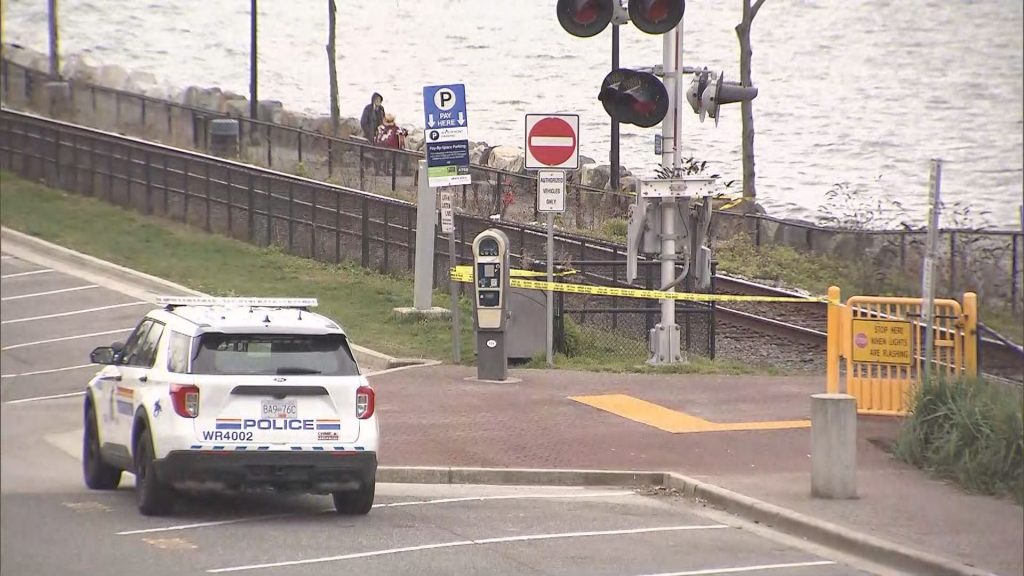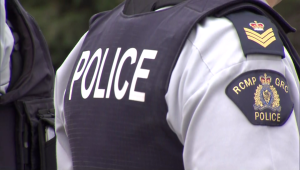Several prominent wildfires burning in B.C.
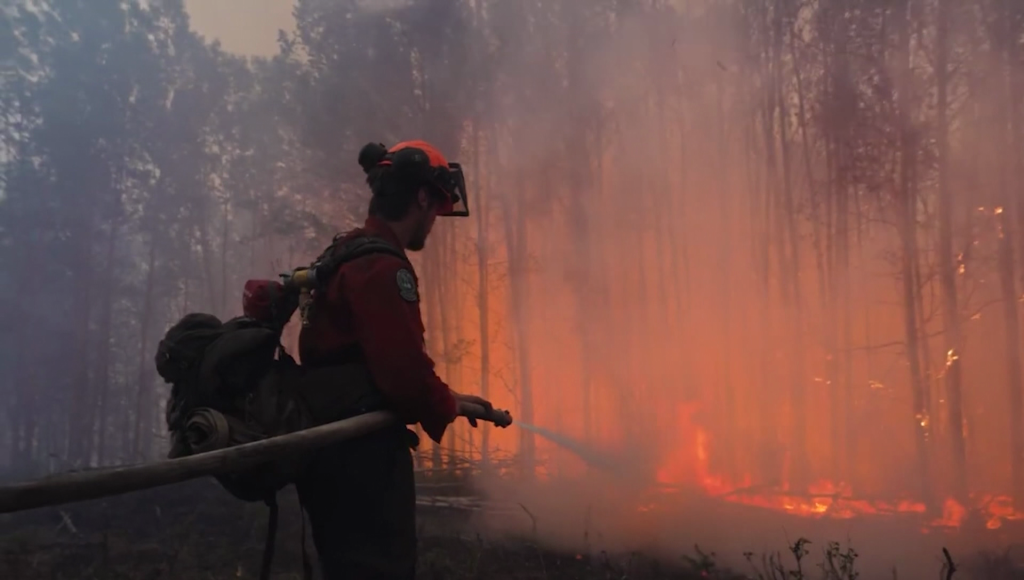
Posted July 25, 2023 1:17 pm.
Last Updated July 25, 2023 1:18 pm.
Several prominent wildfires are still burning across B.C., and although there has been some rainfall in recent days, there are still a number of evacuation alerts and orders in place.
It comes as a hot, dry summer persists, prompting drought advisories in nearly every part of the province.
Here are some of the most notable wildfires that are burning:
Donnie Creek wildfire
The province’s biggest blaze — the Donnie Creek wildfire — is estimated to be more than 583,000 hectares in size.
The fire has been raging for more than two months, and fire crews previously said it’s so large it may continue to smoulder through the winter and could re-emerge next year.
It is burning north of Fort St. John, and “is not responding to suppression efforts.”
Read more: Donnie Creek wildfire now the largest in B.C.’s history, service says
The out-of-control blaze has grown to be the largest recorded fire in B.C.’s history.
There are currently no evacuation alerts or orders in place due to this fire, but Environment and Climate Change Canada has issued a special weather statement for the northeastern corner of the province.
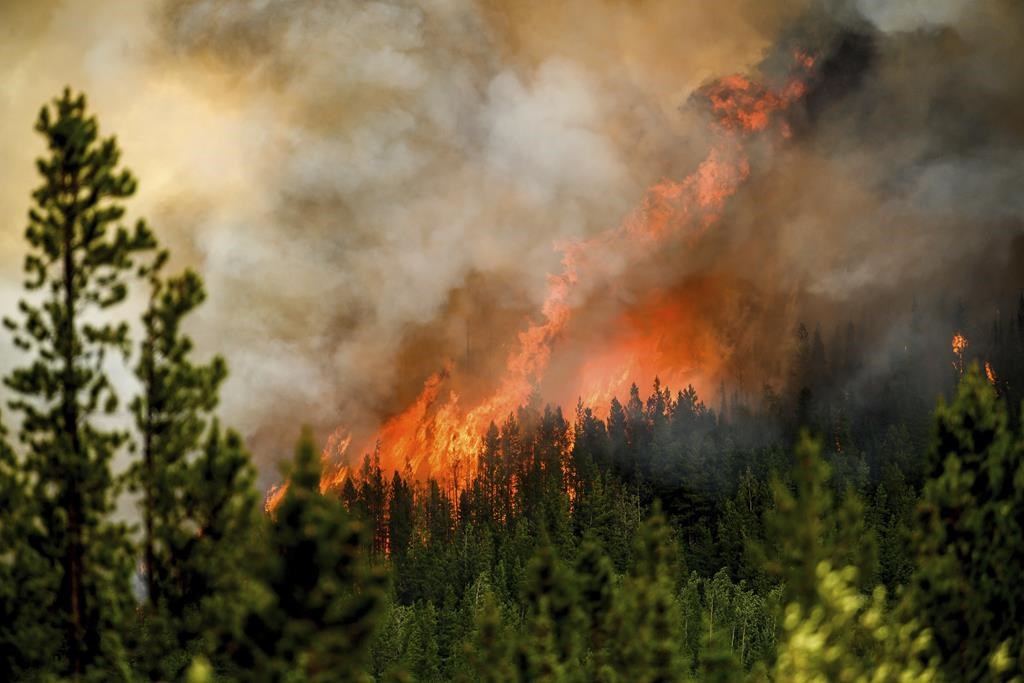
Flames from the Donnie Creek wildfire burn along a ridge top north of Fort St. John, British Columbia, on Sunday, July 2, 2023. (AP Photo/Noah Berger)
St. Mary’s River wildfire
The St. Mary’s River wildfire, burning near Cranbrook, is estimated to be nearly 4,100 hectares.
The City of Cranbrook has implemented an evacuation alert for the Canadian Rockies International Airport.
The Regional District of East Kootenay also has an evacuation alert.
However, fire crews note that it hasn’t grown since Saturday.
“Control lines have continued to hold and no growth was observed overnight from Monday night through Tuesday morning. Despite strong gusty winds, fire behaviour has remained a smouldering ground fire,” the BC Wildfire service website said.
It adds that Tuesday’s weather in that area is expected to be dry and hot.
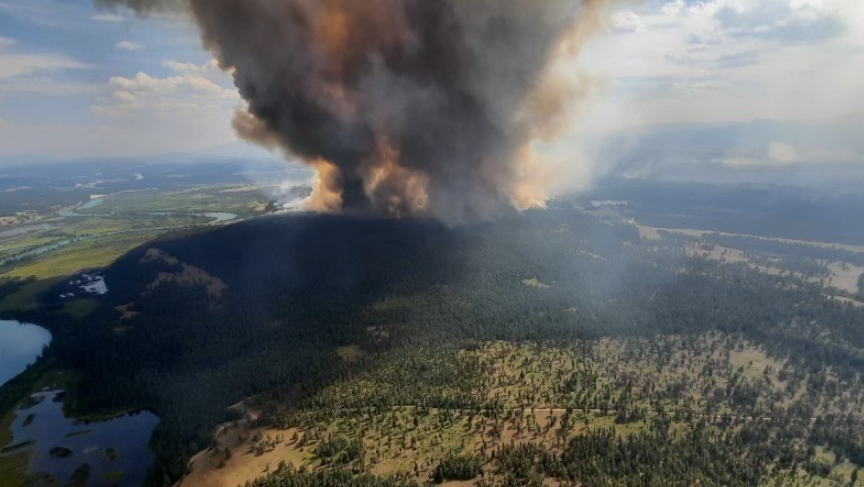
The St. Mary’s River wildfire, burning near Cranbrook, is estimated to be nearly 4,100 hectares. (Courtesy BC Wildfire Service)
Horsethief Creek wildfire
The fire that is currently burning west of the District of Invermere, has prompted several evacuation alerts in the surrounding area.
More than 1,000 properties are under evacuation alerts in the area from Invermere to Radium Hot Springs.
The Horsethief Creek wildfire is currently estimated to be burning at 300 hectares.
Read more: Parts of Kamloops under evacuation orders, as 100 Brazilian firefighters arrive in B.C.
“Winds are expected to be gusty and potentially erratic through the afternoon of Tuesday, July 25, with the strongest winds at ridgetop elevation. There is a slight possibility of convective showers and/or thunderstorms Tuesday afternoon, which could bring winds gusts of 65 km/h. Winds are forecast to decline overnight and Wednesday is expected to be warmer and calmer than Tuesday,” the wildfire service says.
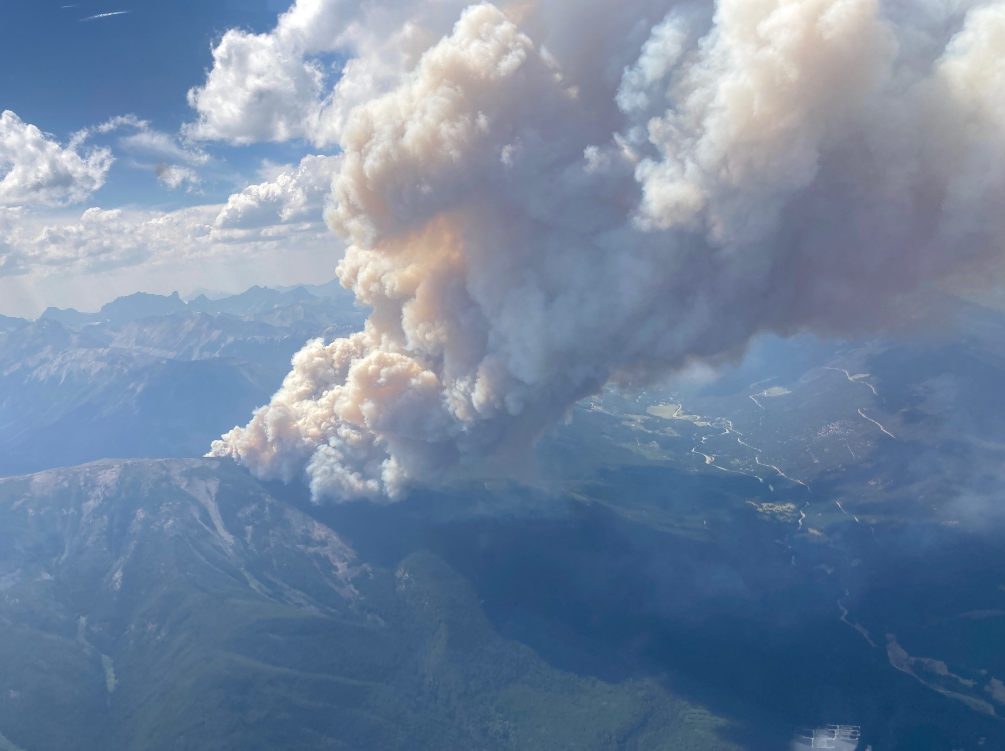
The Horsethief Creek wildfire is burning west of Invermere. (Courtesy BC Wildfire Service)
Ross Moore Lake wildfire
Over near Kamloops, the Ross Moore Lake wildfire is an estimated 2,600 hectares in size.
Billowing plumes of smoke are highly visible in the area, and the fire is about 10 km away from Kamloops.
There are also evacuation orders and alerts due to this fire in place as well.
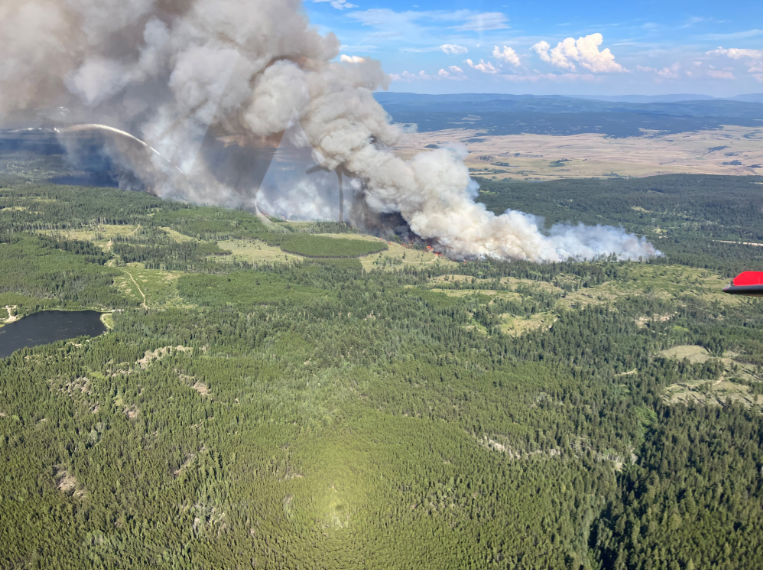
The Ross Moore Lake wildfire is burning near Kamloops. (Courtesy BC Wildfire Service)
Majority of fires sparked by lightning
This year, there have been at least 1,470 wildfires in the province. The majority are believed to have been sparked by lightning, and nearly two dozen are still listed as of note with BC Wildfire.
“Most wildfires in B.C. are started by lightning strikes. When lightning strikes an object it can release enough heat to ignite a tree or other fuels,” the service says.
“Although lightning-caused fires cannot be prevented, there are ways of predicting where they might start. The risk from natural fires can also be reduced with fuel management and prescribed burning.”
The drought situation in the province has also been repeatedly raised as a concern by officials, as crews continue to battle hundreds of wildfires.
“What we’re seeing here in British Columbia is a combination of extreme weather events that are creating enormous concern for myself as minister and our government overall. One of those concerns, absolutely, is the extreme drought,” Emergency Management Minister Bowinn Ma said over the weekend.
For more information on evacuation orders and alerts, visit the BC Wildfire Service.
With files from The Canadian Press and Hana Mae Nassar




